Home>Ideas and Tips>Backyard Vegetable Garden Planning to Grow Your Own Produce
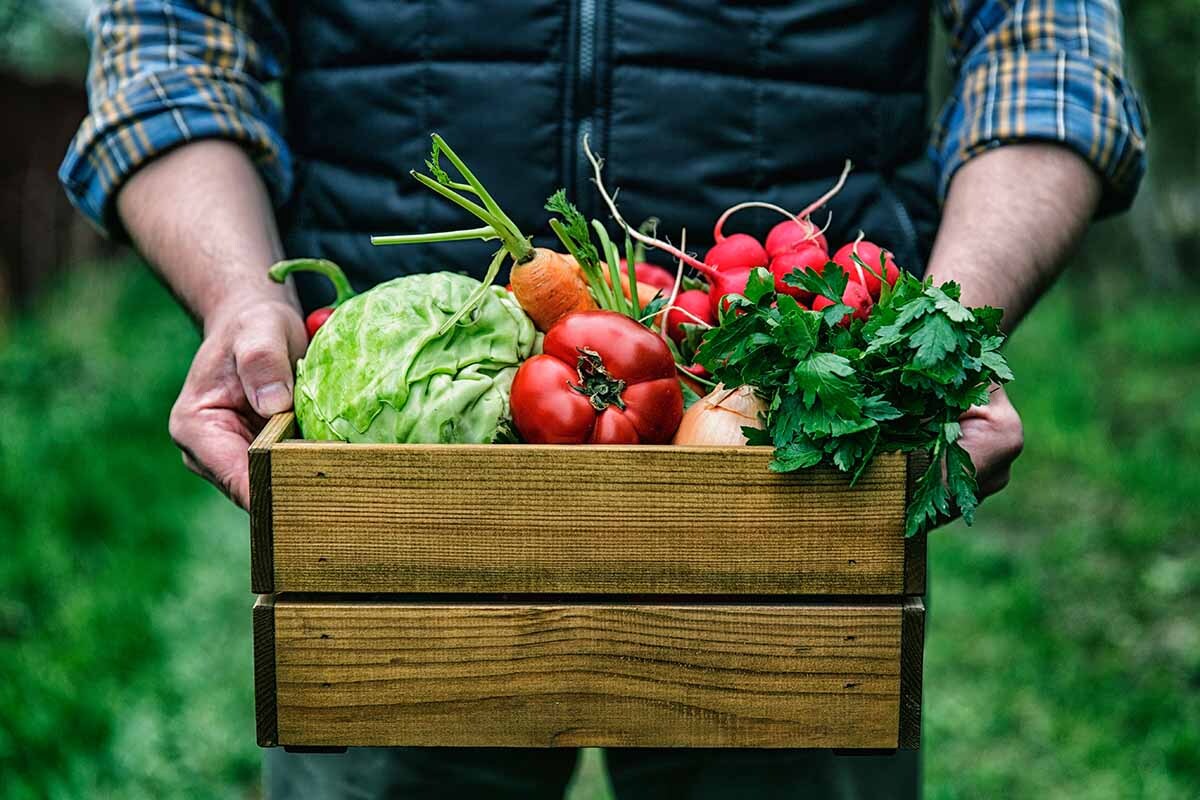

Ideas and Tips
Backyard Vegetable Garden Planning to Grow Your Own Produce
Published: September 2, 2024
Plan your backyard vegetable garden with our guide. Learn about layout, sunlight, water access, and plant selection for a thriving, productive garden.
(Many of the links in this article redirect to a specific reviewed product. Your purchase of these products through affiliate links helps to generate commission for Storables.com, at no extra cost. Learn more)
Introduction
Growing your own vegetables in a backyard garden can be a rewarding and fulfilling experience. Not only does it provide you with fresh, nutritious produce, but it also offers a chance to connect with nature and enjoy the therapeutic benefits of gardening. However, planning a successful vegetable garden requires careful consideration of several factors, including the layout, soil quality, water access, and plant selection. In this article, we will guide you through the process of planning and setting up a productive backyard vegetable garden.
Planning Your Garden
Find Your Sunny Spots
One of the most critical factors in planning a vegetable garden is ensuring that your plants receive sufficient sunlight. Most vegetables require 6-8 hours of full sun each day to grow well. This can sometimes be challenging, especially if your yard has trees or other obstructions that block sunlight. Take note of the sunny spots in your yard and consider using these areas for your garden beds.
Water Access
Proper water access is essential for maintaining a healthy vegetable garden. If you are planting far from your water source, plan ahead of time how you will get water to your crops. Lugging a watering can back and forth can be tiring and time-consuming, especially during peak growing season. Consider investing in longer hoses or setting up a rain collection barrel on the far end of the garden.
Draw Your Vegetable Garden Layout
When planning your backyard vegetable garden layout, it's crucial to visualize the space before you start planting. Using graph paper can be your best friend in this process. Each square on the graph paper represents one foot, helping you get a realistic idea of what growing space you have available. If you don't have graph paper readily available, you can find free printable versions online.
Measure Your Planting Area
Transfer your measurements onto the graph paper and add any objects that may be using some of the space (such as trees, sheds, or chicken coops). This will help you determine the best layout for your garden beds and ensure that you have enough space for all your plants.
Find Your Direction
Using a compass or even one on your smartphone, find which direction of your yard is North. Draw a little compass accordingly on your paper. Ideally, you will want to plant your rows running North to South. This helps your plants get the most sun and avoid shadowing each other. For trellis tunnels, you will want the openings facing North & South.
Make A List
List out all the plants that you want to grow. If you are new to vegetable gardening, there are some things you should know upfront before picking out seeds. Check out resources like "Starting A Vegetable Garden" for more information.
Planning Garden Beds
Within your growing space, draw in where you would like your beds, containers, and arches. Keep at least 2 feet walking space between garden beds. This will make it easier to maintain and harvest your plants without having to step in between them.
One-Sided Beds
Make beds that you only have access from one side about 2-3 feet wide. This width keeps plants within arm’s reach, making it easier to maintain and harvest without having to step in between them.
Two-Sided Beds
Make beds with access from both sides about 4 feet wide. The length and shape could be whatever you have space for in your yard and imagination. This design allows for better accessibility and easier maintenance.
Planning Plant Placement
Next, write the names of the plants where you would like to plant them. As you write them onto the graph paper, cross them off of the list you made earlier. This will help ensure that you are including space for all that you want to grow.
Things To Consider
Read more: 10 Ways To Grow Your Very Own Indoor Garden
Plan to Grow What You Are Comfortable With
Plan to grow what you are comfortable with, but also consider throwing in at least one thing that brings you childlike wonder and excitement. This will keep your gardening experience enjoyable and prevent boredom.
Consider Spacing
When writing in the plants’ growing locations, keep in mind spacing. Different plants have different spacing requirements, so make sure to research these before planting.
Designing Your Garden
Designing a vegetable garden is an important step in your vegetable garden plan. A well-designed space has a huge impact on the amount of time you need to spend tending your garden. Here are some considerations for planning and planting your vegetable garden:
Use Raised Beds
Raised beds can be an excellent option for vegetable gardens. They provide better drainage and warmer soil, which can lead to healthier plants. Make sure to use rot-resistant wood like hemlock or cedar for your raised beds.
Read more: How To Grow Your Own Herb Garden Year-Round
Orient Your Beds
When orienting your raised beds, consider the direction of sunlight in your yard. Placing them side by side with four feet in between can be beneficial, especially if you need to put up deer netting. This design also looks more ornamental and can enhance the aesthetic appeal of your garden.
The Three Growing Seasons
Understanding the different growing seasons is crucial for planning a successful vegetable garden. There are three main growing seasons:
- Cool Season: This includes spring and fall. Crops like carrots thrive in these seasons.
- Warm Season: This includes summer. Crops like tomatoes and peppers thrive in this season.
- Cold Season: This includes winter. With protection, some crops like carrots can be harvested during this season.
Succession Planting
Succession planting is a technique where you plant small batches of seeds every few weeks to ensure a continuous harvest. This method helps maximize production and ensures that you have fresh vegetables throughout the growing season.
Keeping a Garden Journal
Keeping a garden journal or diary is super helpful in staying organized from year to year. It helps track your crops, varieties, planting dates, and harvest results. Tech-savvy gardeners may wish to create a database that tracks these details.
Extending the Harvest Season
Extending the harvest season into late autumn and winter can be achieved by using techniques like cold frames or hoop houses. These structures provide protection from frost and allow you to grow crops during colder months.
Conclusion
Planning a backyard vegetable garden requires careful consideration of several factors, including sunlight, water access, layout, and plant selection. By following these steps and tips, you can create a productive and healthy vegetable garden that provides you with fresh produce all year round. Remember to stay organized with a garden journal and consider succession planting to maximize your harvest. Happy gardening!
Additional Tips
- Experiment with New Varieties: Don't be afraid to try new and unusual varieties of vegetables. This can add excitement and variety to your garden.
- Consider Companion Planting: Some plants benefit from being planted alongside others. For example, planting marigolds with tomatoes can help deter nematodes.
- Keep Your Garden Evolving: Gardens are never finished; they are constantly growing and evolving. Be open to making changes and trying new things as you gain experience.
By following these tips and guidelines, you can create a thriving backyard vegetable garden that brings you joy and provides you with fresh, delicious produce. Happy gardening
Was this page helpful?
At Storables.com, we guarantee accurate and reliable information. Our content, validated by Expert Board Contributors, is crafted following stringent Editorial Policies. We're committed to providing you with well-researched, expert-backed insights for all your informational needs.
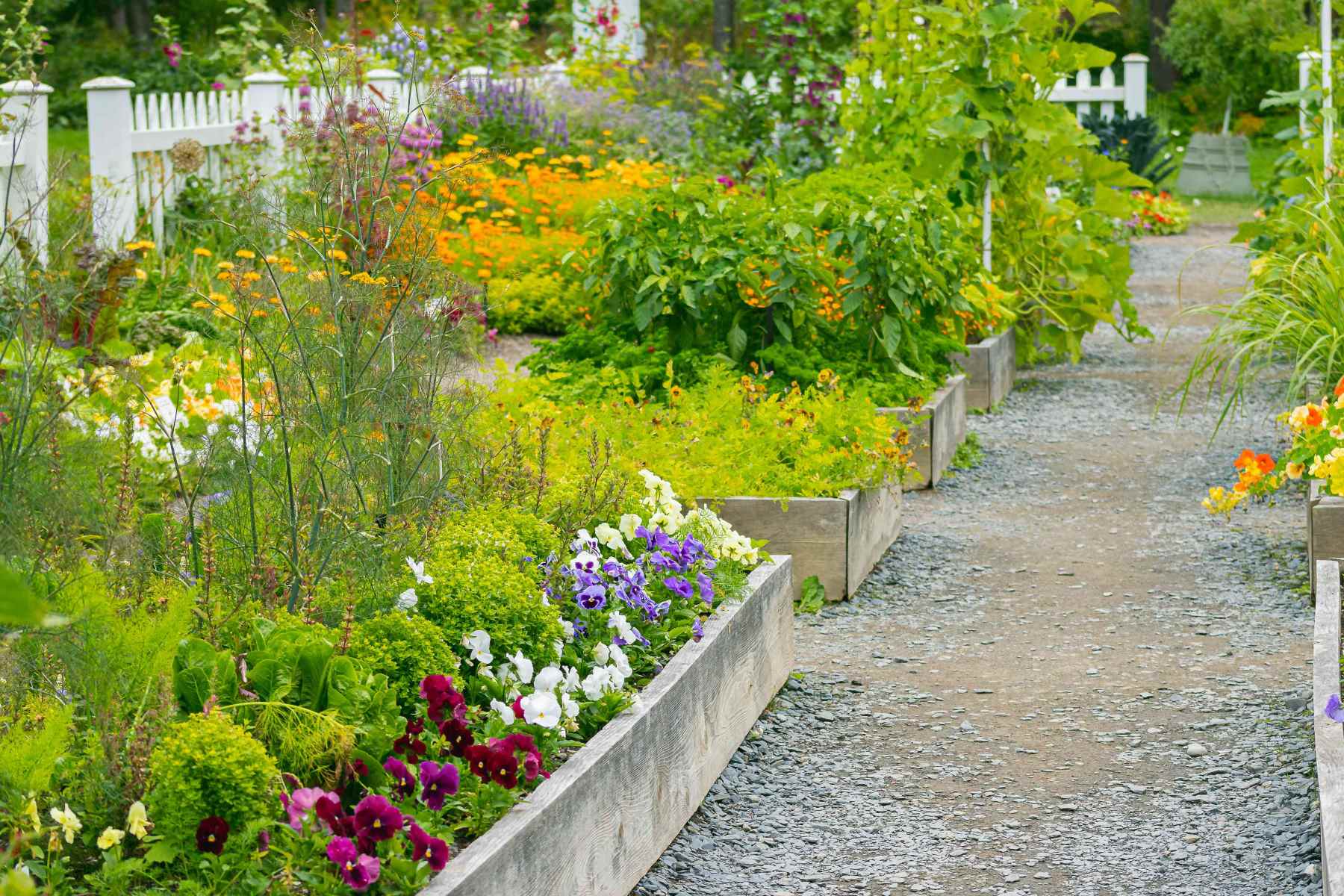
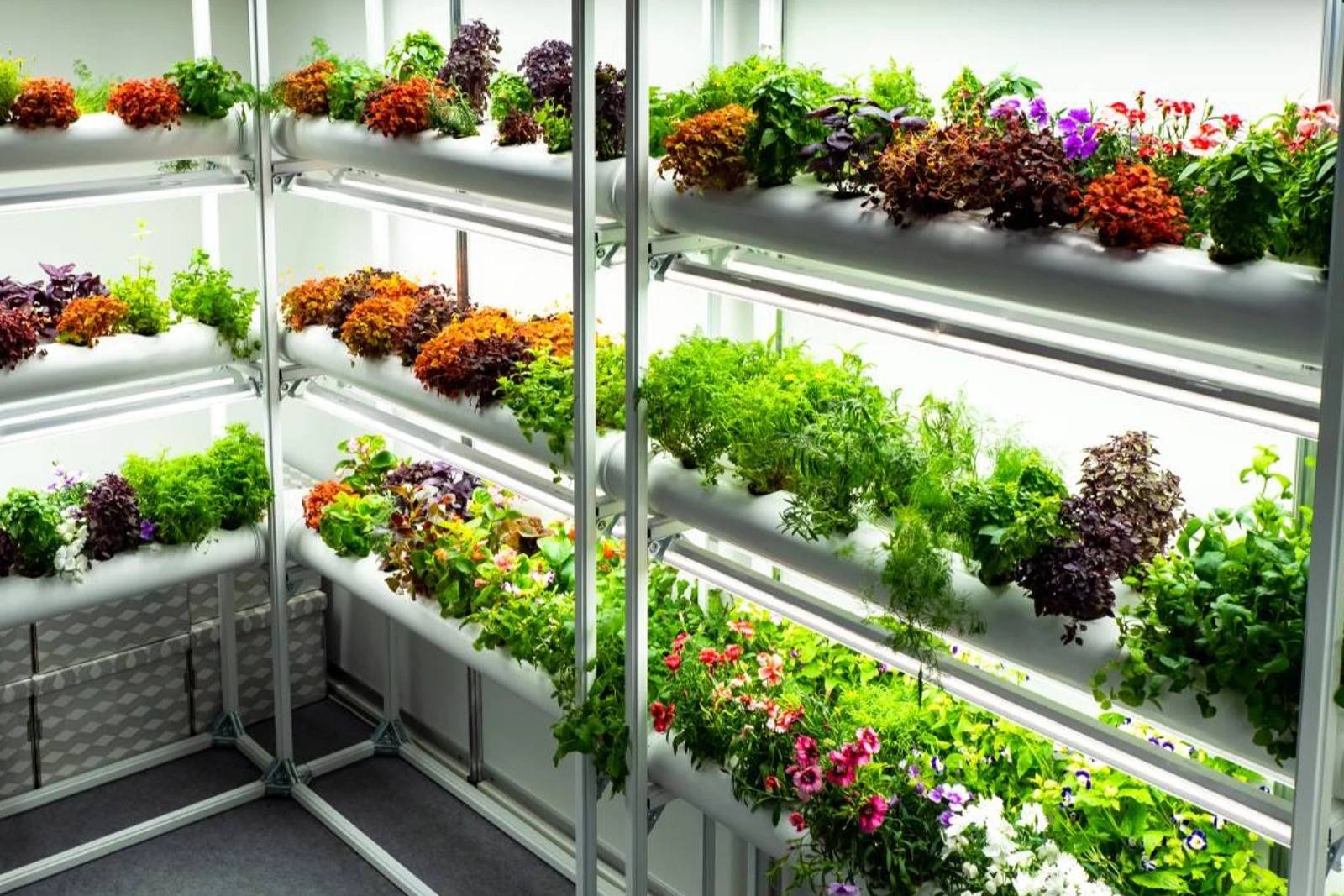
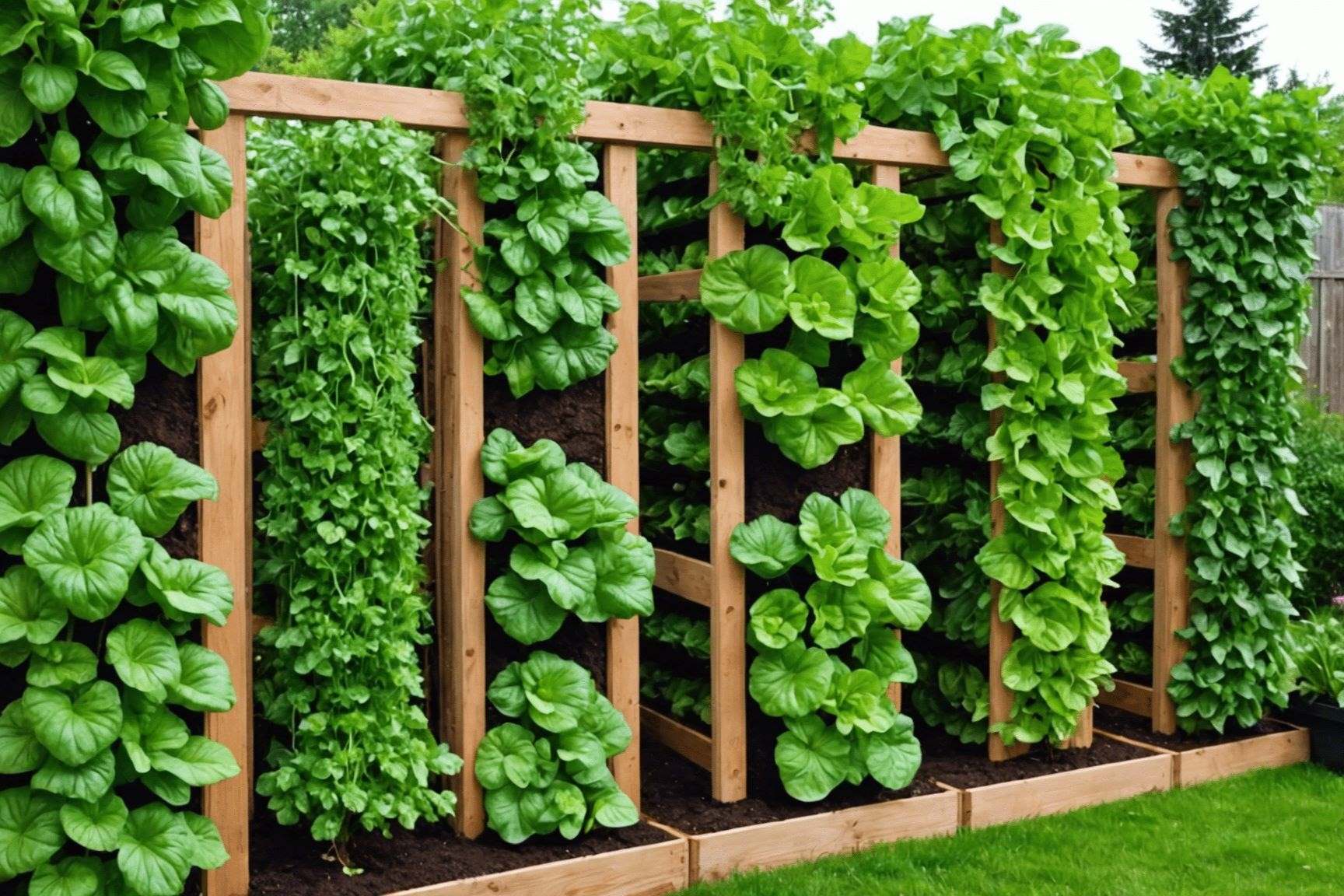

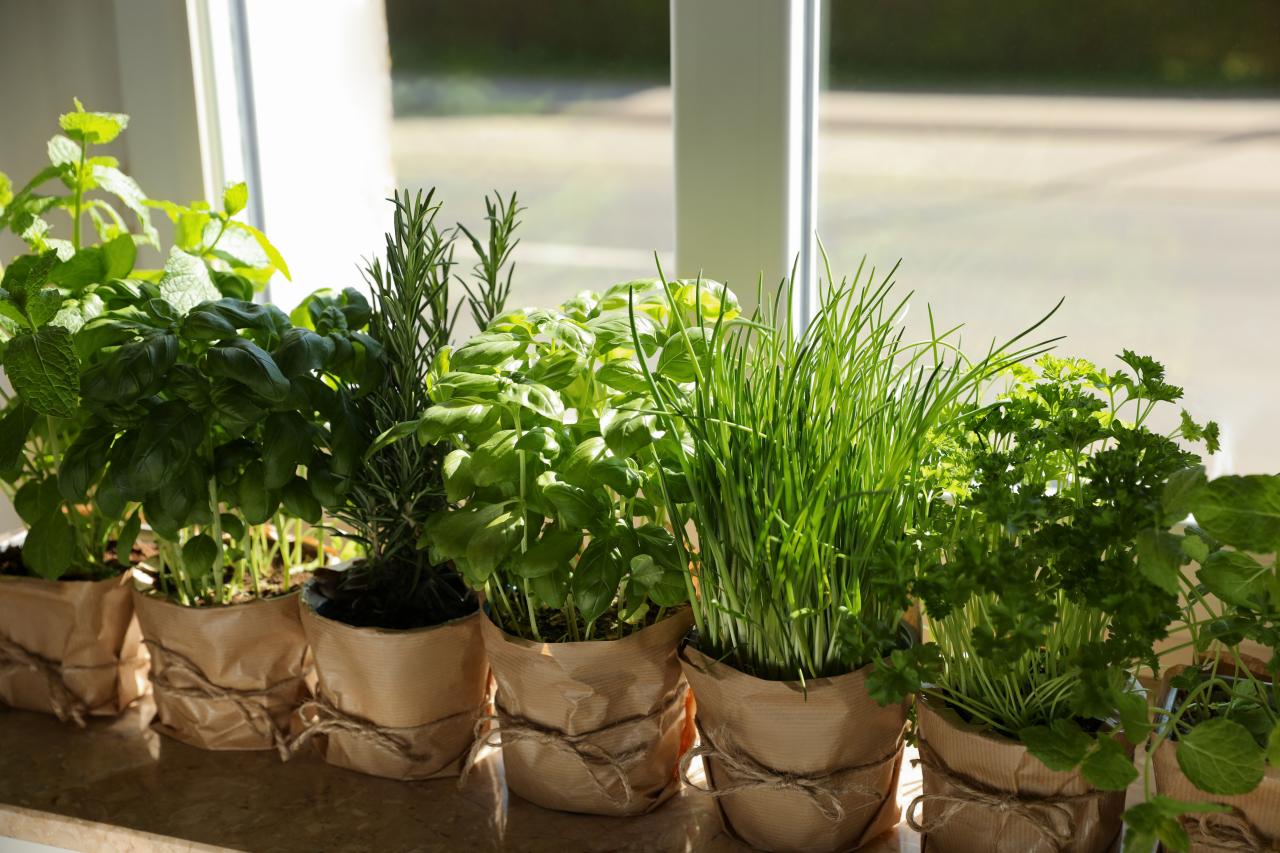
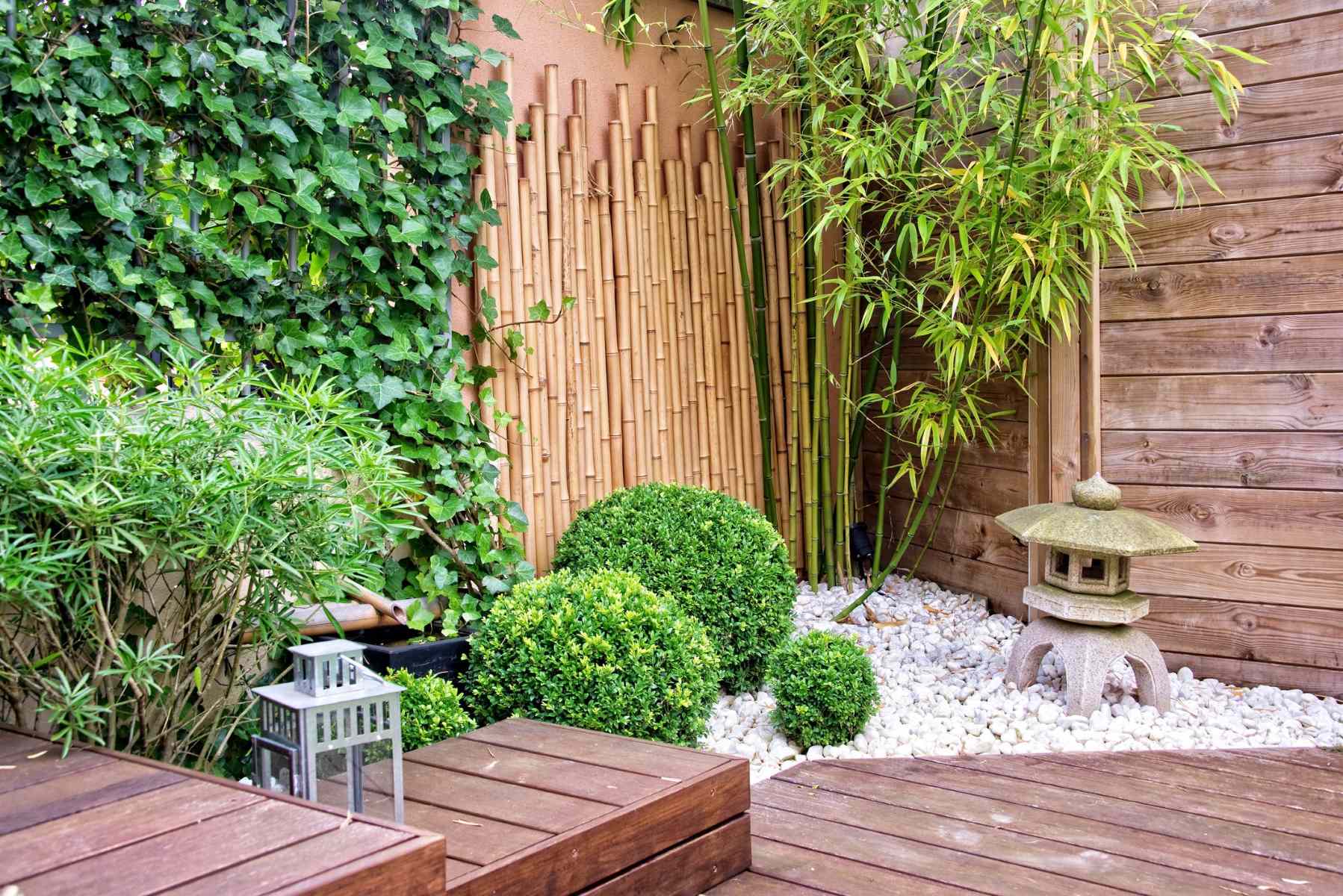
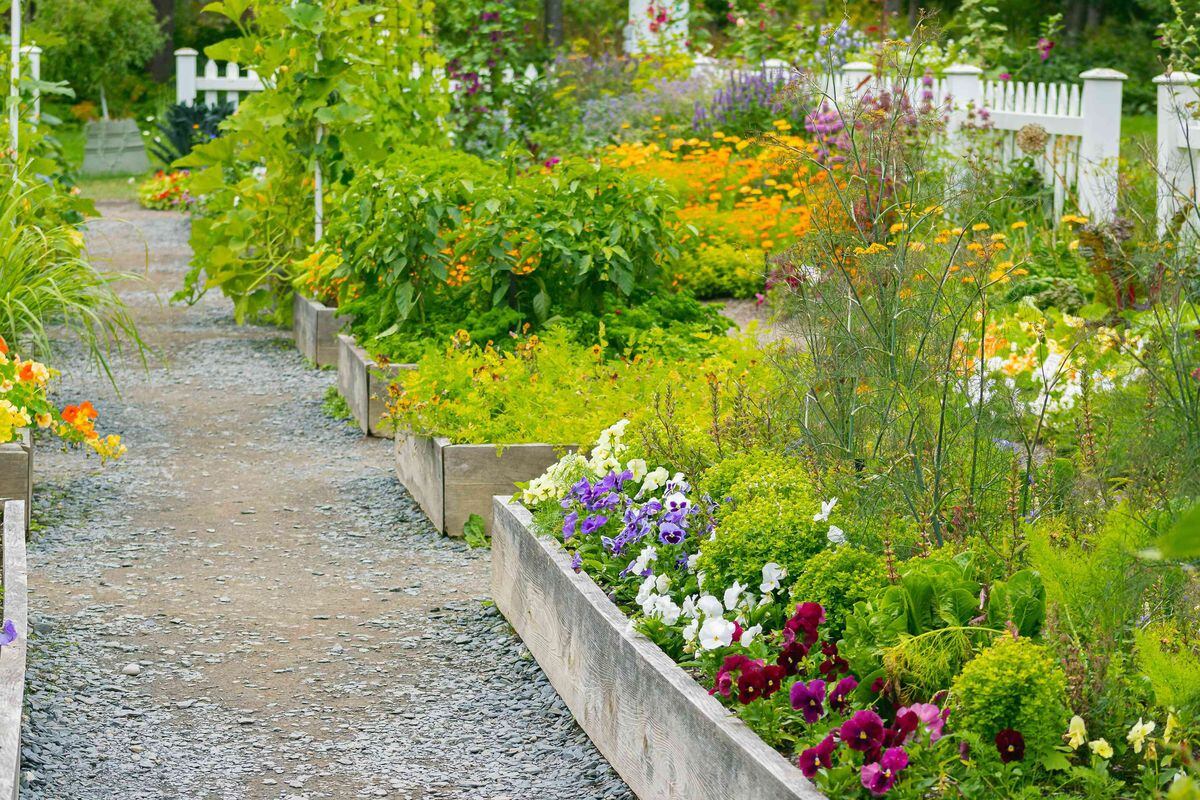




0 thoughts on “Backyard Vegetable Garden Planning to Grow Your Own Produce”